There are 1,157 World Heritage Sites in 167 countries in the world, of which 900 are cultural, 218 are natural and 39 are both cultural and natural. Spain, ranked fourth in the world on this list along with France, has 49 of them, four of them natural and two of them mixed. By comparison, the UK has 33 sites in total, Iceland has one, 39 countries have none and Italy has most with 58.
Article by Vivion O’Kelly
A place on this list, apart from worldwide publicity, provides legal protection and conservation funds, and the World Heritage Committee meets every year to examine candidate sites, so the list keeps expanding. So far, only three sites have been delisted, the most recent being Liverpool, due to damage caused by urban development in the northern docks area of the city.

Andalucía has seven WH sites, five cultural, one natural, and one mixed. Some of them, like the Alhambra Palace in Granada or the Great Mosque in Córdoba, are must-see architectural ensembles that would take days to explore, while many of the philistines among us might prefer to examine at least one of them, like the Dolmens of Antequera, from a passing car without stopping.
The Alhambra
The region’s most prized WH site is probably the Alhambra Palace complex in the city of Granada, it being the most visited tourist attraction in the country. It is one of the best-preserved palace fortresses of the ancient Islamic world, dating from the first half of the 13th century, added to, and partially modified by both Moorish and Christian rulers in subsequent centuries. It fell into disrepair in the 18th century, was occupied by squatters, partially destroyed by French troops during the Peninsular War at the beginning of the 19th century, damaged by earthquake shortly afterwards and visited and lived in by Washington Irving in 1830, resulting in his famous Tales of the Alhambra.
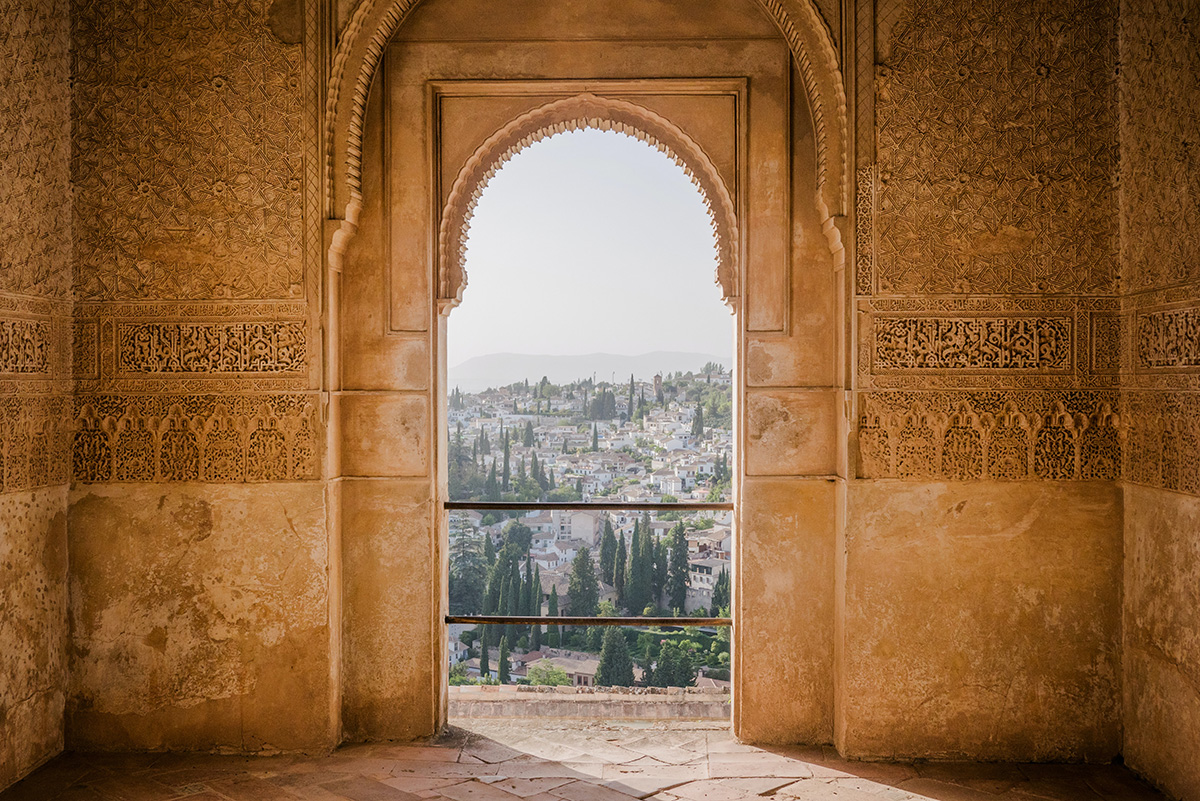
The fascinating and beautiful Albaicín barrio, situated opposite the Alhambra itself and well worth a visit, forms part of the WH site, and existed as a Moorish court before the latter was built. Opening times and ticket sale information is best checked on the Internet, but a word of advice: visit, if you can, outside the high tourist season.
The Mezquita in Cordoba
Also known as the Grand Mosque of Cordoba, the image most often reproduced of this magnificent building (see David Hockney’s painting of it) is of the rows of double-tiered arches in both the original mosque and a later extension.
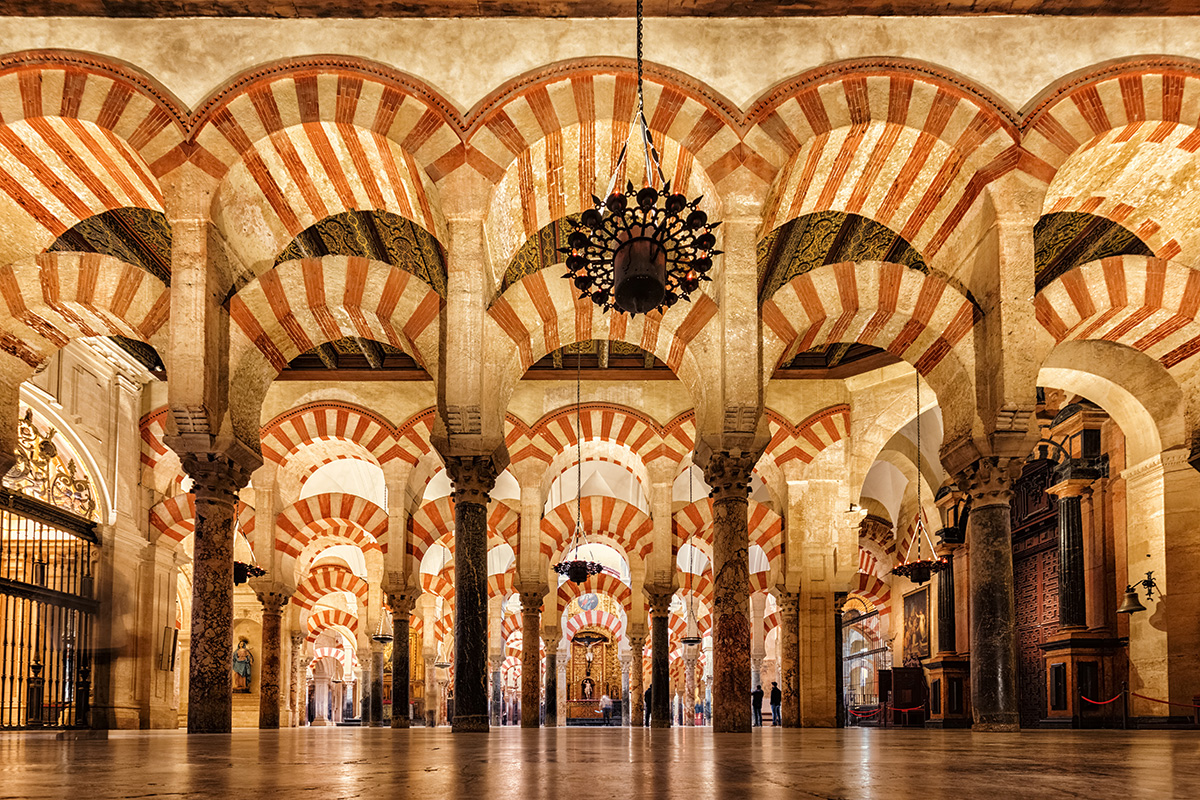
The building dates from the late 8th century and was finally completed as a Christian cathedral in the 16th century. The claim that it stands on the site of a Roman temple is disputed by reputable archaeologists.
One of the most beautiful sights in Spain is to stand and look at the seemingly endless rows of red and white arches in the mosque, creating a pattern of simple, colourful shapes that remain in the mind’s eye long after the visit is over. Once again, as with all historic buildings in Spain, entry info is best checked beforehand on the Internet.
The WH Site designation refers to “The Historic Centre of Cordoba”, and a walk around the old city centre will show why.
The Cathedral, Alcázar and Archivo de Indias in Seville
As in Cordoba, the architecture of this beautiful Andalusian city is a fascinating mix of the Moorish and the Christian, and the jewels in the crown are the first two building complexes listed in the WH site designation, the Archivo de Indias coming a close third.
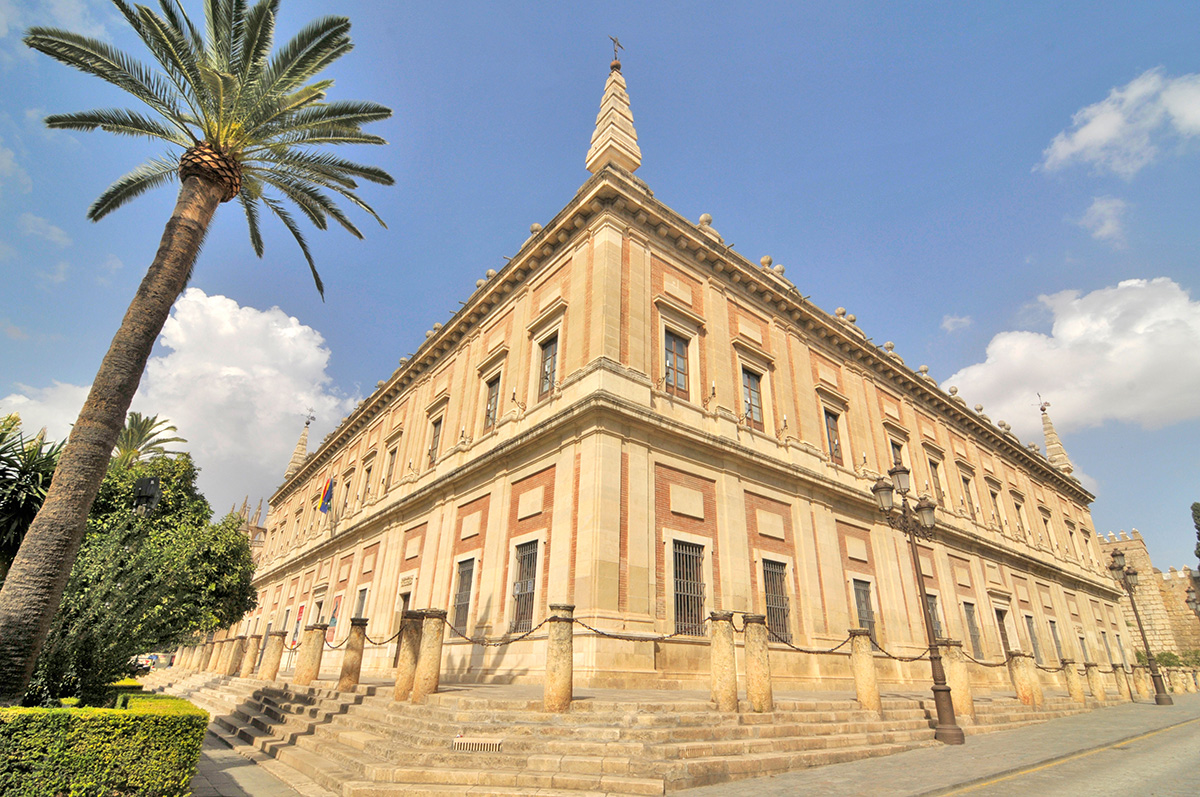
Seville cathedral, the largest Gothic church and one of the largest in the world, was built to demonstrate the wealth and importance of the city in the 15th century, replacing the Grand Mosque that had, until then, served as a cathedral for the city. “Let us build a church so beautiful and so grand that those who see it finished will take us for mad”, according to oral tradition, was the phrase used by members of the cathedral chapter of the time to define their ambitious project.
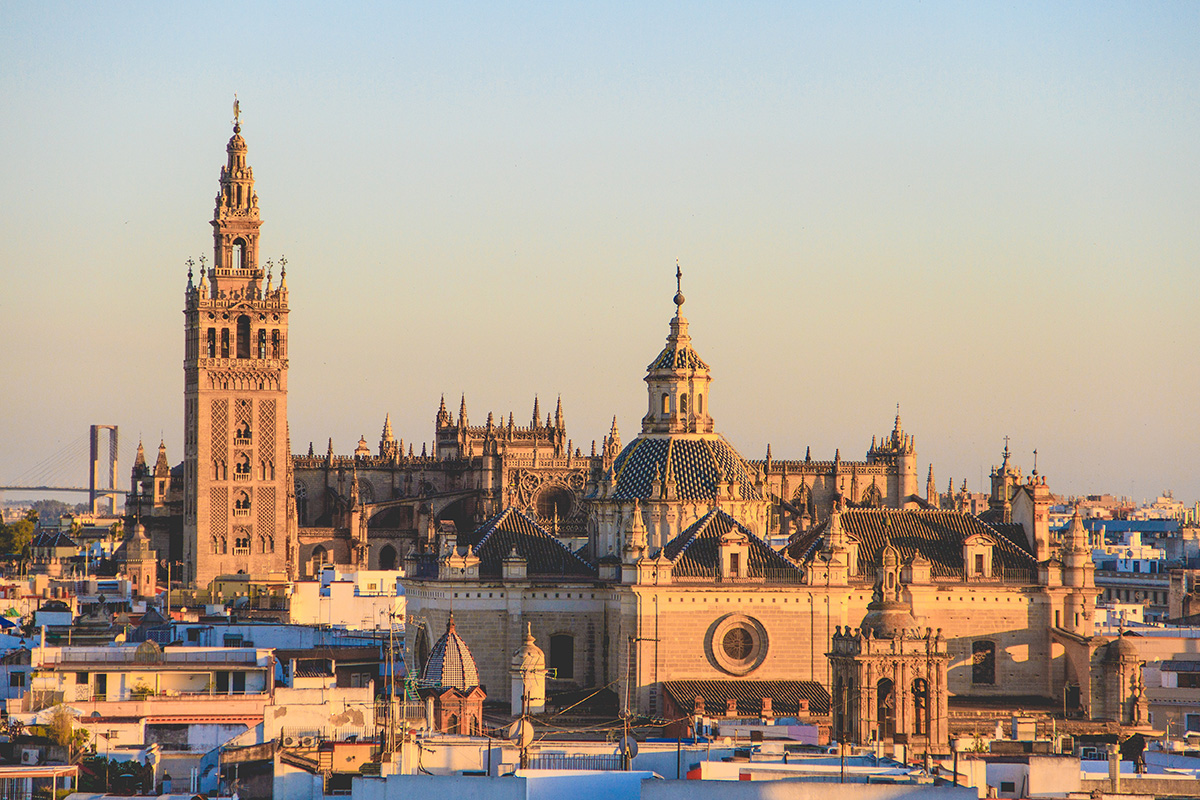
The Alcázar is not only a royal residence built in the 14th century on the site of a Moorish fortress, in the Andalusian Mudejar style but combining Romanesque, Gothic and Renaissance structural elements, but also an iconic filming location. Its intricate architecture and stunning gardens were notably utilized in the filming of HBO’s epic fantasy series, “Game of Thrones”. The Alcázar served as the Water Gardens of Dorne, the private estate of House Martell in the series, a testament to the location’s mesmerizing beauty and exotic appeal. During the filming, various parts of the palace and the gardens were used to depict the sun-drenched southern kingdom. A stroll through it and its garden is a delight for the senses, especially in the late evening when temperatures drop.
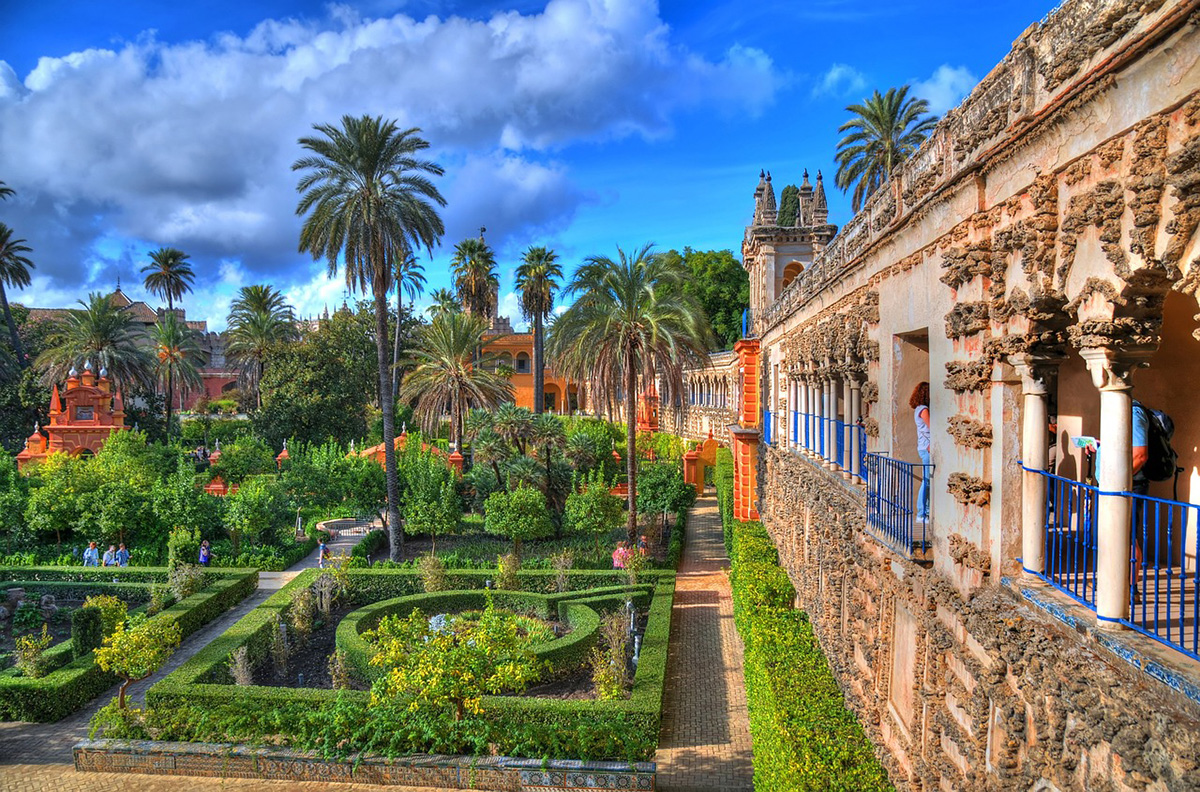
Not quite on the same scale of decorative architecture is the Archivos de Indias, which, unlike the other two, is a huge block of a building designed in the late 16th century in the Spanish Renaissance style with clear Italian influences, to house the ancient merchants’ exchange. It is now home to rich archival material illustrating the history of the Spanish Empire in the Americas and Asia. Well worth taking time off to visit.
Did you know that Seville has the only river port in Spain?
The other four WH sites in Andalucía are the Renaissance Architecture of Úbeda and Baeza, the Medina Azahara in Cordoba, The Dolmens of Antequera and Doñana National Park.
The towns of Baeza and Úbeda are about ten kilometres apart, just over half an hour’s drive north-east of Jaén city. Both towns are a living museum of Spanish Renaissance-style palaces and churches, all well preserved and deserving an article of their own.
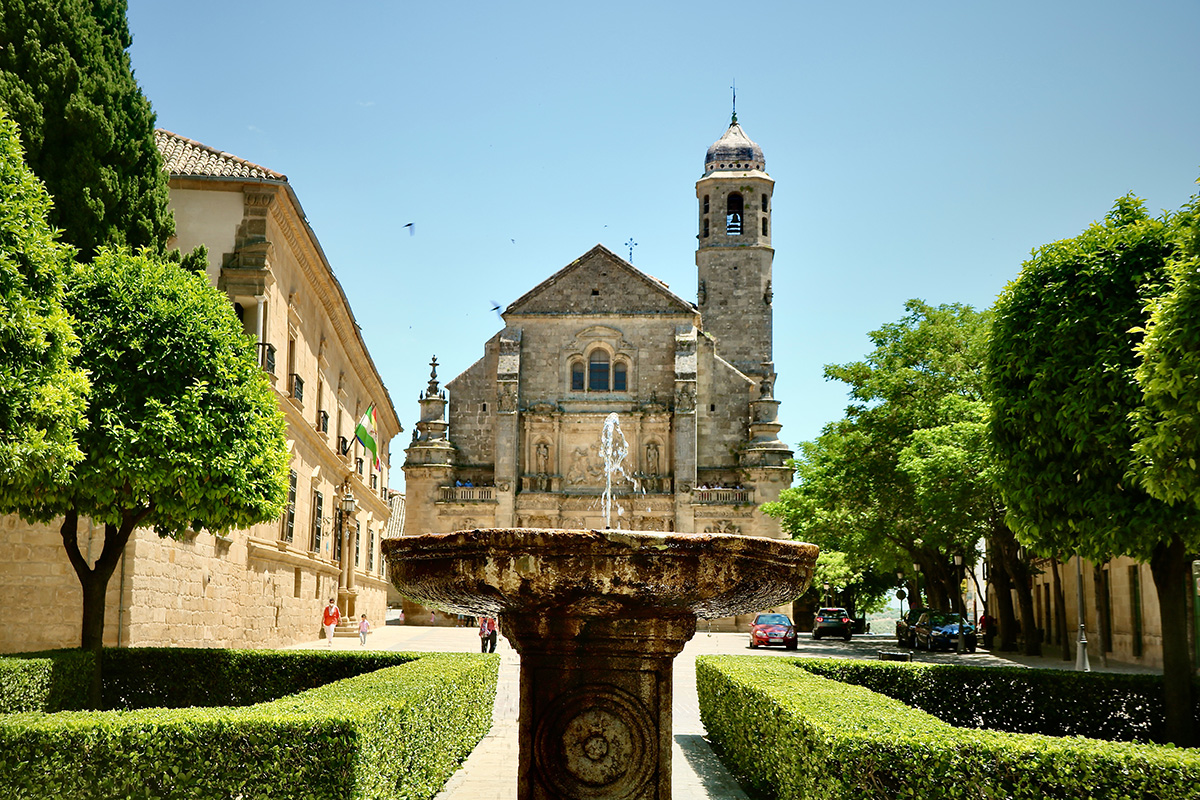
The Medina Azahara, on the western outskirts of Cordoba city, would be of special interest to those interested in archaeology, rather than the casual tourist, and was listed by UNESCO as much for what is now to be seen as for what is still to be excavated.
The Dolmens of Antequera are truly old, dating back some 5,000 years. The limestone formations are fascinating, as are the three tombs built during the Neolithic and Bronze Age. A required visit if beautiful old buildings are not what you want.
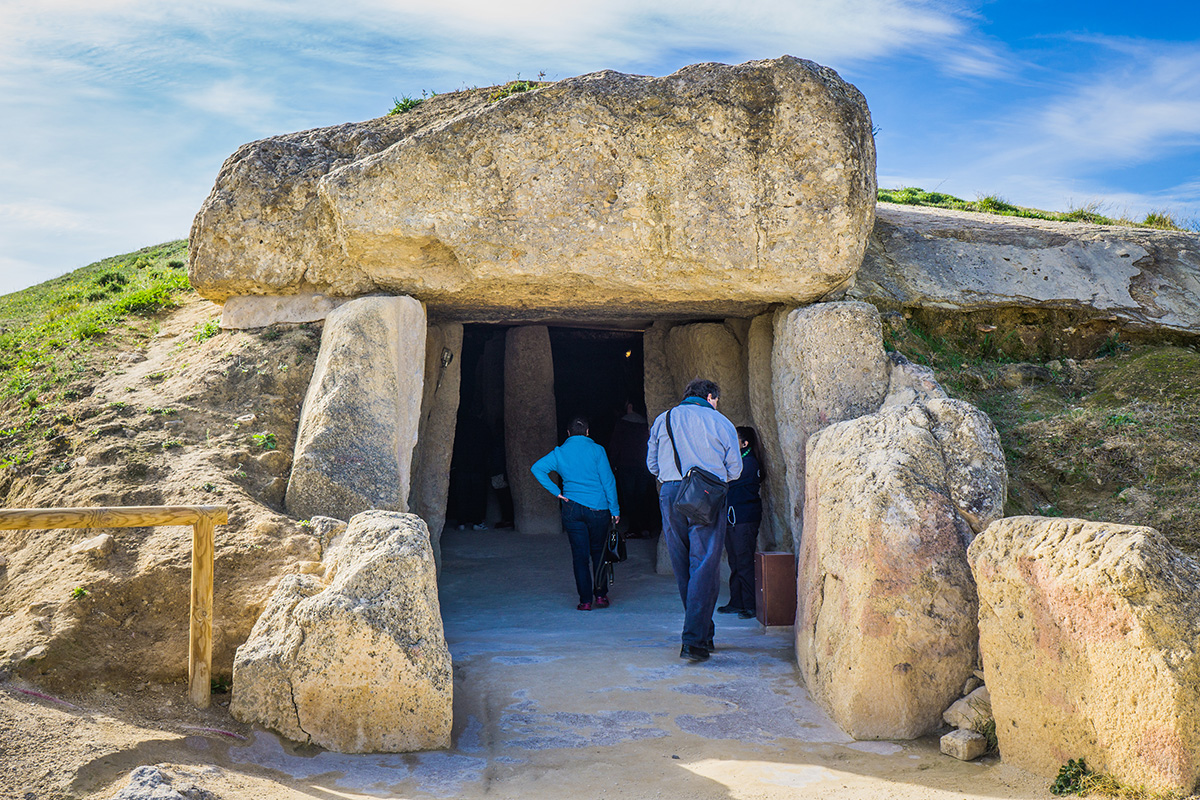
The Doñana National Park is one of the most biodiverse in Europe, absolutely unique if not for its similarity to the Camargue region in France. Although a WH Site since 1994, it falls outside the scope of this article, so will be written about at a future date.
Learn more about all of Andalucía’s natural parks here.



































































